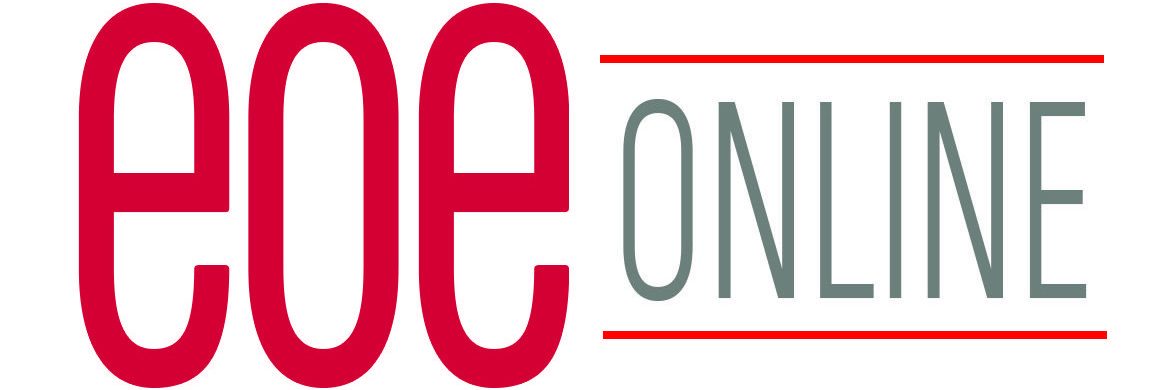
by Paolo Gaudiano
When faced with difficult situations, companies look for ways to minimize costs. Typical cost-cutting measures include downsizing staff, cutting contracts with vendors and curtailing all activities that are not essential to survival.
The COVID-19 pandemic is proving to be one of the most challenging periods that our country has ever faced, as evidenced by the staggering number of people who have become unemployed in recent weeks: since the start of the pandemic, some 26 million people have filed for unemployment insurance as of April 23, 2020, pushing US unemployment to levels we have not seen in nearly a century.
For any employee from an underrepresented or marginalized group, the pandemic is causing a triple whammy: first, the pandemic is having a disproportionate impact on health outcomes for people of color, people with disabilities and other marginalized groups; second, many of the jobs being cut as a result of the pandemic are disproportionately held by women and people of color; third, many companies are cutting diversity and inclusion initiatives, which they consider “nice-to-have” and not central to their success.
There are many reasons why many companies consider diversity and inclusion initiatives to be non-essential, but all of them reflect a misunderstanding of the business value of diversity and inclusion and of the many ways in which diversity and inclusion can directly improve a company’s performance, from recruiting and hiring to retention and sales.
The COVID-19 pandemic provides a number of examples of ways in which diversity and inclusion can help companies before, during and after the pandemic.
Before the pandemic: inclusion makes us ready
Companies that had already established a strong culture of inclusion and diversity prior to the pandemic are more likely to have programs such as flex-time and remote work, which are known to be particularly beneficial and inclusive for women and for people with disabilities, but generally beneficial to all employees.
